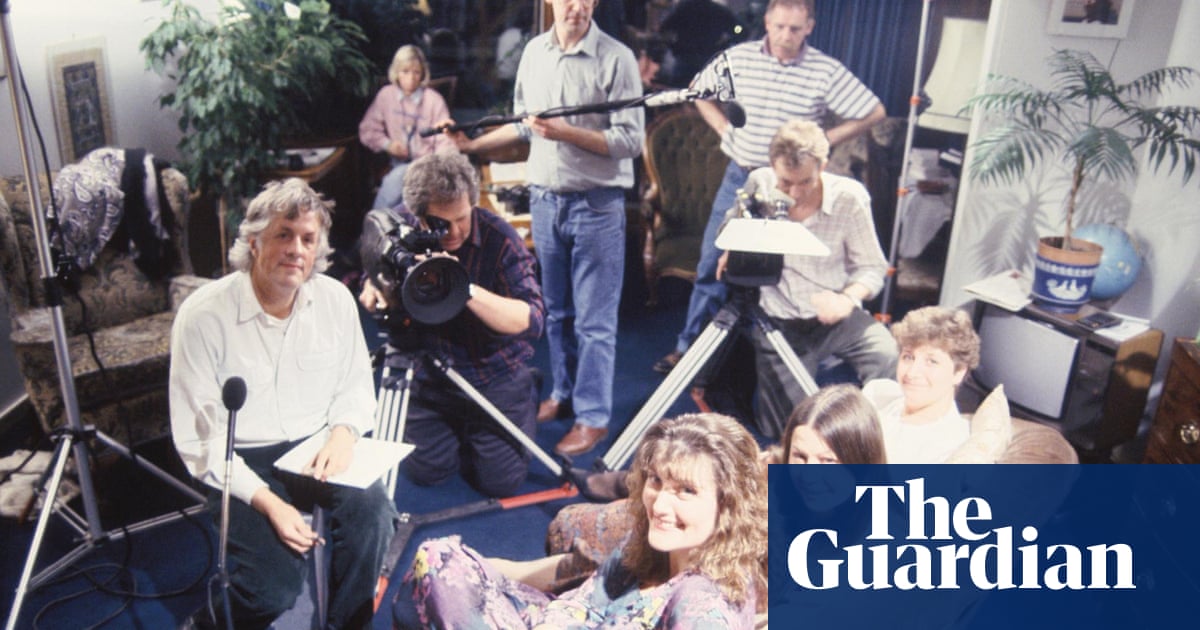
Updated 21 June 2018
Denise Marray
June 21, 2018 14:13
521
LONDON: For lovers of fashion, a visit to the Azzedine Alaia exhibition, showing at London’s Design Museum until 7 October, is a must. Looking at the wonderful displays there is a sense of loss at his passing in November last year, but this is a great retrospective of the Tunisian designer’s life and work, which allows you to go right up to the garments on display and take in the breathtaking quality and detail of Alaia’s designs.
Alaia, born in 1935, trained as a sculptor at the School of Fine Art in Tunis. That background is evident in many of his figure-hugging designs — particularly the stunning, pared-down evening gowns.
When you look at the super slim-line garments on display it can be a bit disheartening when you see the tiny hips and waists. It makes you think of the remark attributed to Wallis Simpson: “You can never be too rich or too thin.”
But Alaia’s world was not for ordinary mortals — it was an extraordinary place for beautiful people living a dream. In the film made by Ellen von Unwerth during the preparation, staging and aftermath of an Alaia show in 1990, you see Naomi Campbell, Helena Christensen and Christy Turlington at the height of their beauty and fame reminding us of the ‘supermodel’ era, when these women dominated the international tabloid press.
Alaia himself said, “I make clothes, women make fashion.” And you only have to think of stars such as Rihanna and Penelope Cruz wearing his designs on the red carpet to understand what he means.
The film of models walking in his designs is mesmerising – each model is filmed in sequence with close up shots of what she is wearing — an excellent way of showing the fabrics, cut, patterns and innovation and how they are all brought alive through movement. Alaia’s designs flatter the female form and seem enhance women’s beauty.
The influence of Arab architecture is evident in some of his designs. His use of lace and perforated fabrics, especially broderie anglaise and punched or laser-cut leather, recalls the mashrabiya.
His ability to transform leather into such a soft, wearable, high-fashion fabric was stunning to see up close.
Also notable was his avoidance of surface embellishment such as embroidery or applied decoration. Instead, Alaia keyed pattern into the very fabric of his garments, making it an integral part of their structure, altering both their weight and form.
His fascination with African influences is also evident in his use of unusual materials including flax rope, raffia, shells or Nile crocodile skin and animal patterns.
Alaia was also deeply inspired by Spanish culture — his earliest fashion memories were reportedly of the girls in Diego Velazquez’s 1656 paining, “Las Meninas” and his voluminous ball gowns evoke the formality of the hooped gowns of the Spanish royal court during that time. He also took inspiration from Spain’s vibrant folk costumes, as seen in the effusive flamenco-inspired ruffles of some of his designs.
Through the photographs mapping his life you get a sense of the creative process and hard work that went into his couture. You also realize that this was a man who was at the top of his profession for several decades.
The exhibition does a fine job of conveying Alaia’s creative energy, and reminds visitors that his legacy lives on in the inspiration his work provides for young designers today.








